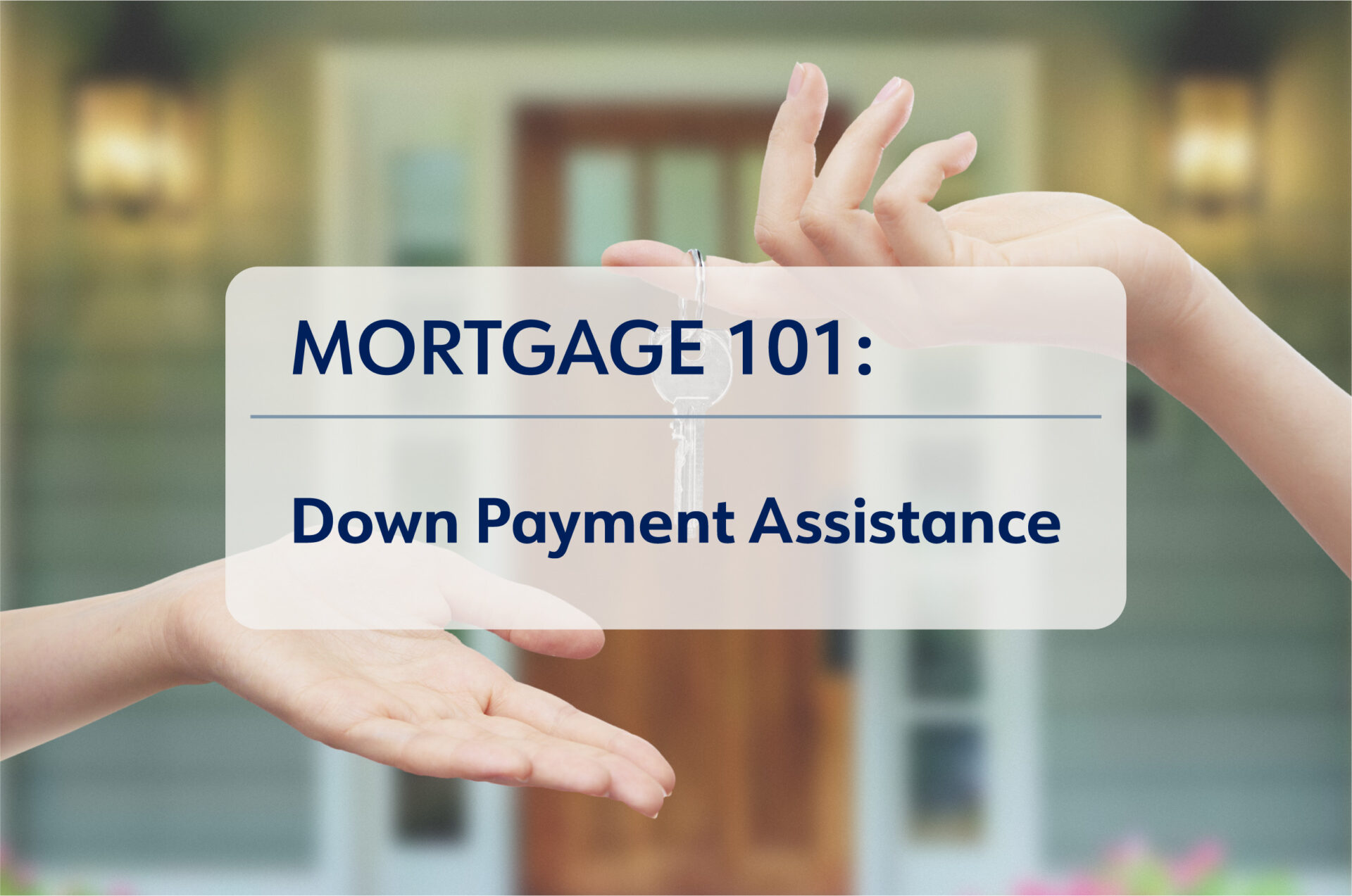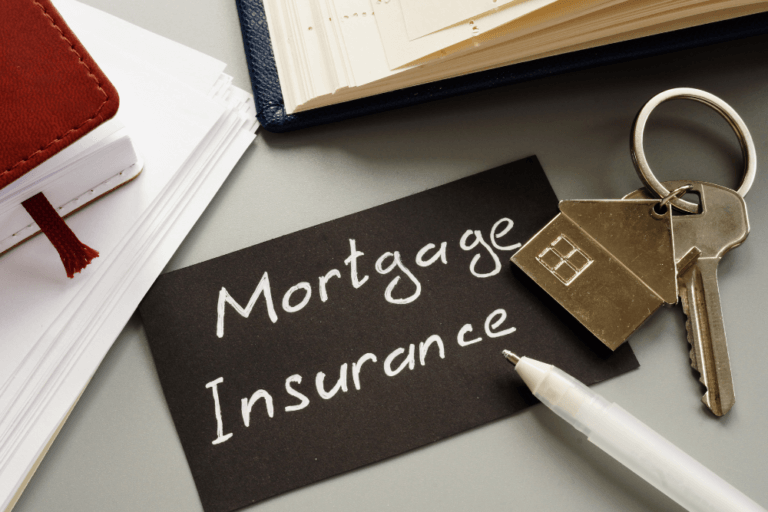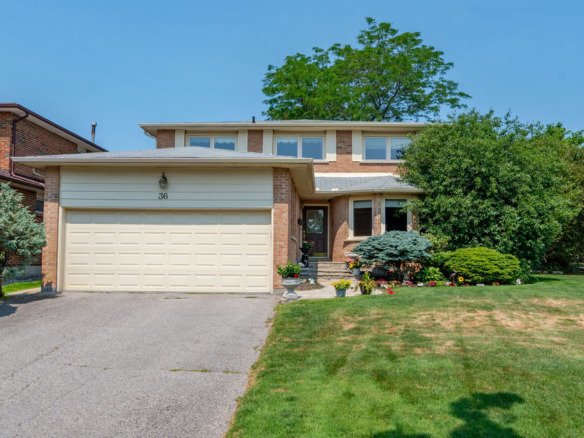First-Time Homebuyer Down Payment
Embarking on the journey to homeownership is both exciting and, at times, overwhelming—especially when it comes to understanding down payments. As a first-time homebuyer in Ontario, grasping the nuances of down payments is crucial to making informed decisions. Let’s delve into what a first-time homebuyer down payment entails, the minimum requirements, and the assistance programs available to help you achieve your homeownership dreams.
What Is a Down Payment?
A down payment is the initial lump sum you contribute toward the purchase price of a home. This payment reduces the amount you need to borrow through a mortgage. For instance, if you’re eyeing a $400,000 home and have saved $40,000 for a down payment, you’ll need a mortgage to cover the remaining $360,000.
Minimum Down Payment Requirements in Canada
In Canada, the minimum first-time homebuyer down payment required depends on the home’s purchase price:
- Homes priced at $500,000 or less: Minimum 5 percent of the purchase price.
- Homes priced between $500,000 and $999,999: 5 percent of the first $500,000 plus 10% of the portion above $500,000.
- Homes priced at $1 million or more: Minimum 20 percent of the purchase price.
Example: For a $600,000 home:
- 5 percent of $500,000 = $25,000
- 10 percent of $100,000 = $10,000
- Total Minimum Down Payment: $35,000
Mortgage Loan Insurance
If your down payment is less than 20 percent, you’ll be required to obtain mortgage loan insurance, commonly known as mortgage default insurance. This insurance protects the lender in case you default on your mortgage payments. The premium is calculated as a percentage of the mortgage amount and can range from 0.6 percent to 4.5 percent, depending on your down payment size. You can choose to pay this premium upfront or add it to your mortgage, though adding it will increase your monthly payments and the total interest paid over time.
Benefits of a Larger Down Payment
While the minimum down payment allows you to enter the housing market sooner, contributing a larger down payment offers several advantages:
- Lower Mortgage Amount: Reduces the principal you need to borrow.
- Avoidance of Mortgage Loan Insurance: With a down payment of 20 percent or more, you can bypass the additional cost of mortgage insurance.
- Reduced Monthly Payments: A smaller loan amount leads to lower monthly mortgage payments.
- Interest Savings: Paying less interest over the life of the mortgage.
First-Time Homebuyer Down Payment Assistance Programs
To support a first-time homebuyer down payment, the Canadian government offers several programs:
- First-Time Home Buyer Incentive (FTHBI): This shared-equity program allows eligible buyers to finance a portion of their home purchase through a shared equity mortgage with the Government of Canada. The government offers 5 percent of the purchase price for existing homes and 10 percent for new builds. This incentive helps reduce monthly mortgage payments without increasing the amount you need to save for a down payment.
- Home Buyers’ Plan (HBP): Allows you to withdraw up to $60,000 from your Registered Retirement Savings Plan (RRSP) to use toward your down payment. This amount is tax-free, provided you repay it within 15 years and represents a great option to help with a first-time homebuyer down payment.
- First Home Savings Account (FHSA): Enables first-time homebuyers to save up to $40,000 tax-free toward their first home, with an annual contribution limit of $8,000. This program combines the benefits of a Tax-Free Savings Account (TFSA) and an RRSP, offering tax-deductible contributions and tax-free withdrawals for qualifying home purchases.
Provincial and Municipal Mortgage Assistance Programs
In addition to federal programs, various provinces and municipalities offer down payment assistance to first-time homebuyers. For example:
- Ontario’s B-Home Down Payment Assistance: Offers forgivable (20-year) interest-free loans to qualifying applicants seeking to purchase a home within the B-Home district.
- Nova Scotia Down Payment Assistance Program (DPAP): Provides interest-free loans of up to 5 percent of the purchase price, to a maximum of $25,000, for eligible first-time homebuyers.
Tips for Saving for a Down Payment
- Set Clear Goals: Determine your target home price and calculate the required down payment.
- Create a Budget: Track your income and expenses to identify areas where you can save.
- Automate Savings: Set up automatic transfers to a dedicated savings account to ensure consistent contributions.
- Reduce Debt: Paying down existing debts can improve your credit score and increase your mortgage approval chances.
- Explore Additional Income: Consider side jobs or freelance work to boost your savings.
Saving for a down payment as a first-time homebuyer in Ontario requires careful planning, discipline, and awareness of available resources. By understanding the minimum requirements, benefits of larger down payments, and leveraging government assistance programs, you can make informed decisions on your path to homeownership. Remember, every dollar saved brings you one step closer to unlocking the door to your new home. Ready to explore your options. Contact me now to get started.





